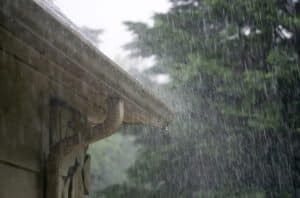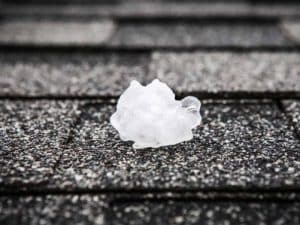
In the last four decades, the US has suffered more than 330 weather and climate disasters that have amounted to $2.295 trillion worth of costs. In 2022 alone, there were 15 weather disasters, 10 of which were severe storm events.
These statistics shed light on the fact that storms are a significant and unpredictable inconvenience that can have devastating consequences on people’s lives. Even storms that don’t classify as ‘severe’ can lead to problems, and home damage is the most common.
Houses with poor structures are especially vulnerable under extreme weather. This is why it’s crucial to know how to spot storm damage and when to implement storm damage restoration to protect your home.
How Storms Can Impact your House
Harsh weather conditions can have a lasting impact on your home and create many problems. Some of these problems may even go undetected and create even bigger hurdles down the road.
Wind
The wind is probably the most unpredictable component of any storm. You can never really prepare yourself against the wind. It can create many problems, from breaking windows to damaging your roof and even knocking down nearby trees.
 Rain, Snow, and Hail
Rain, Snow, and Hail
Heavy rain, built-up snow, or hail can damage your roof and lead to water damage. Hail is especially dangerous because it can break tiles or shingles and leave little gaps in your roof that may let water in later on.
Spotting Storm Damage on your House
Inspecting your home for potential damage after each storm is very important. It is a great way to rule out problems and apply timely storm damage restoration when needed. If you need help with spotting storm damage, look for these signs.
Visible Roof Damage
Try to spot any signs of potential roof damage by safely inspecting your roof from the ground. Look for any missing or damaged shingles or large objects that could have been swept up on your roof.
Leaks and Puddles
Leaks on your interior or exterior walls are also signs of storm damage. Look for discoloration and stains on your ceilings as well.
Dented Siding
Hailstorms can leave visible dents on your home’s siding, especially if made of softer aluminum. If not fixed, these dents can turn into holes where water will seep in.
Damaged Gutters
Powerful winds can tear off your gutters or, at the very least, clog them by accumulating leaves and other debris, so make sure to inspect them to prevent water damage.
What to Do If You Notice Any Storm Damage
You’ll need to take immediate action if your property has suffered any storm damage. It’s vital to fix all problems immediately before they lead to more significant issues that can compromise the quality and value of your home.
If you’re unsure how to begin your storm damage restoration, it’s best to reach out to a professional who knows how to spot storm damage.
Midwest Construction and Remodeling can help restore your home to its ultimate state. Contact us to schedule a free consult!
